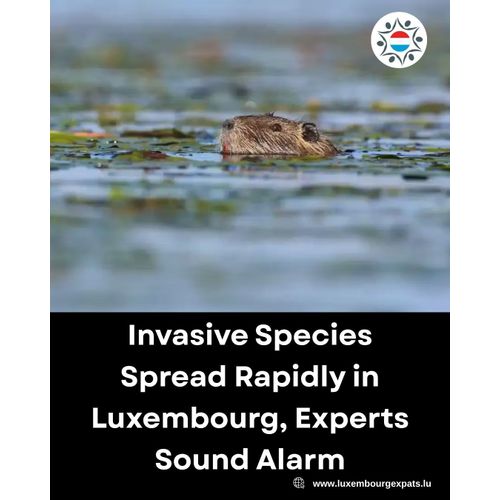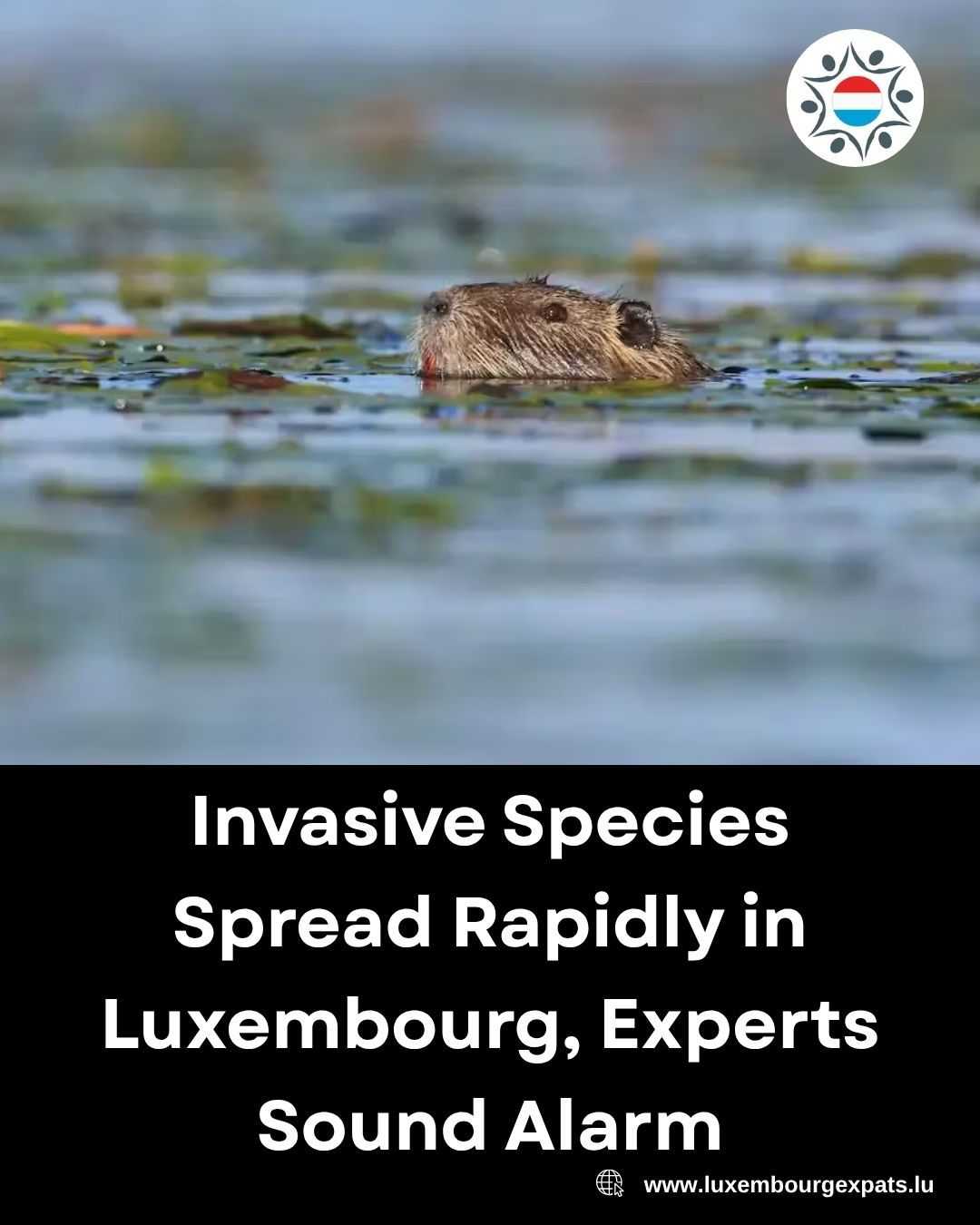Invasive Species Surge Across Luxembourg: Experts Warn the Battle Is Getting Harder
LuxembourgPosted on 08 October 2025 by TeamLuxembourg’s ecosystem is facing growing pressure from invasive animal and plant species, with environmental experts warning that the situation may soon become nearly impossible to control. According to the Ministry of the Environment, 86 invasive alien animal species have already been identified across the country — and new ones are appearing every year.
Among the latest arrivals are the Asian hornet, first detected in 2021, and the Asian tiger mosquito, which followed a year later. Both species have rapidly established themselves, adding to an already complex environmental challenge.
A Growing Threat
“The population of Asian hornets has exploded,” said Manou Pfeiffenschneider, an environmental consultant at efor-ersa consulting engineers. This year alone, 140 nests have been recorded — a sharp rise from 120 nests last year. These hornets pose a risk not only to local biodiversity but also to beekeeping, as they are known predators of honeybees.
Other species, such as raccoons and Nile geese, have also spread across Luxembourg. Once limited mainly to forested areas in the north, raccoons are now being sighted in towns and villages, where they cause sanitation issues and threaten bird and amphibian populations. The Nile goose, originally from Africa, has become notorious for its aggressive behavior and tendency to overrun public parks.
Meanwhile, coypus, large rodents native to South America, continue to destroy vegetation in wetland areas, threatening sensitive ecosystems.
The Plant Invasion
The fight is not limited to animals. Invasive plants such as Japanese knotweed have become a nightmare for property owners and local authorities. With roots so powerful they can penetrate foundations and damage infrastructure, these plants are notoriously difficult to eradicate.
“In England, it’s now mandatory to prove that Japanese knotweed isn’t present on a property before construction can begin,” Pfeiffenschneider noted. “Otherwise, it can even lead to insurance complications.”
A Costly and Ongoing Battle
Despite government-led action plans and partnerships with environmental organisations, Luxembourg’s Ministry of the Environment admits that fully controlling these invasions is an uphill battle. Containment and eradication efforts demand vast resources — financial, logistical, and human — that are challenging even for wealthier nations.
“There’s more global transport and movement than ever before,” Pfeiffenschneider explained. “With that comes more species — and around 10% of those that settle tend to cause real ecological or economic damage.”
Difficult to Stop
While prevention remains the most effective line of defense, authorities concede that completely halting the spread of invasive species in Luxembourg may no longer be realistic.
The Ministry’s report concludes bluntly: “Effective control is extremely difficult. It will be hard to stop the spread of these species in Luxembourg.”
As climate change and global trade continue to create new openings for invasive species to thrive, experts say vigilance and early detection will be key — because once these species take hold, reversing their impact becomes nearly impossible.
Join the community of your own - #1 home-grown LuxExpats app
SignUp Free : luxembourgexpats.lu
I am your contact
Team
Chat









